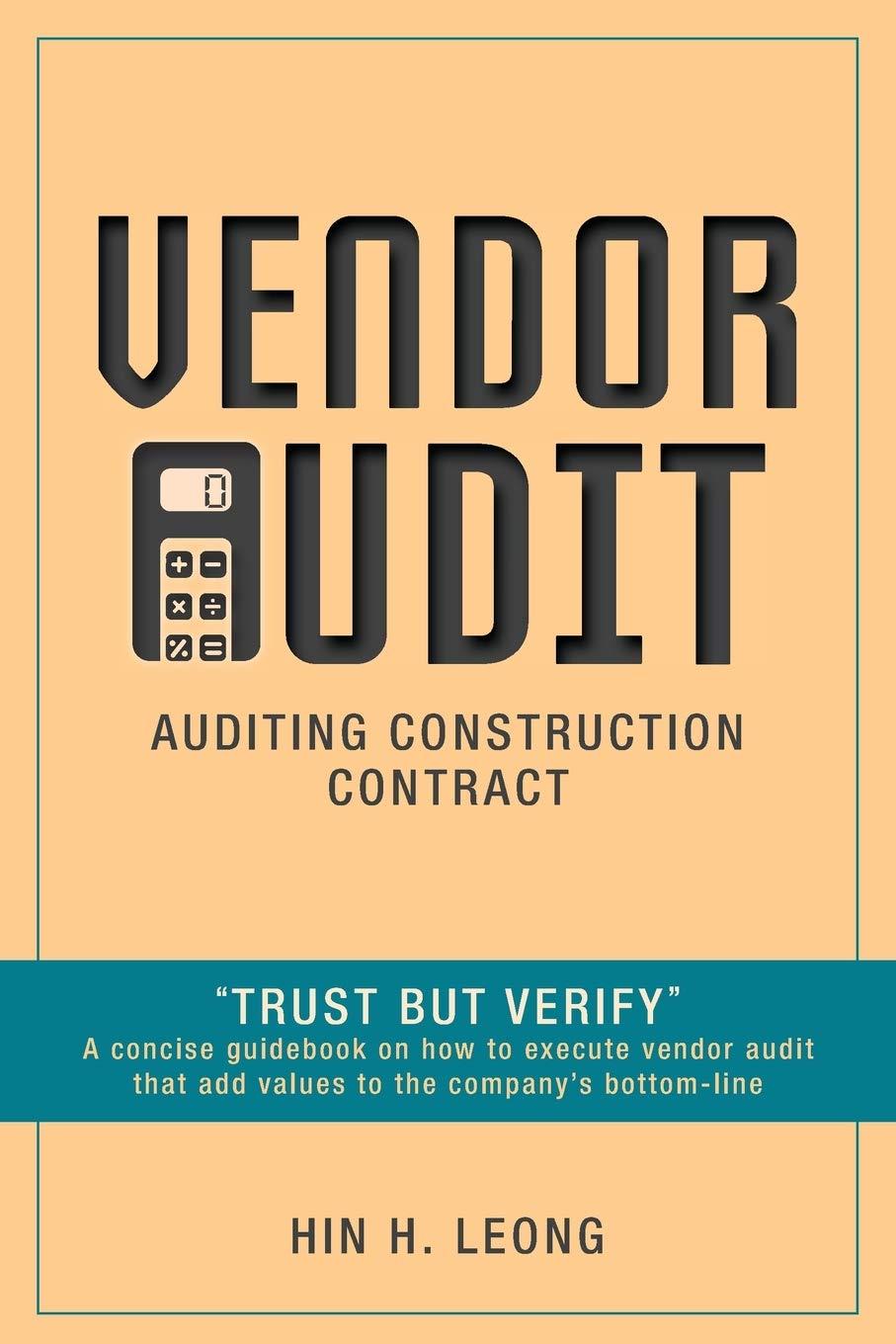Question
1. Tucker Company is considering replacing a machine. The machine had originally cost $12,000. It has accumulated depreciation of $4,000. The current market value of
| 1. Tucker Company is considering replacing a machine. The machine had originally cost $12,000. It has accumulated depreciation of $4,000. The current market value of the machine is $7,000. Based on this information alone |
the original cost of the asset is relevant to a replacement decision.
the Company should not replace the machine because doing so would require the recognition of a $1,000 loss on the disposal of the machine.
the market value of the machine is relevant to a replacement decision.
the book value of the machine is relevant to a replacement decision.
2.
| Hamilton Company is considering replacing old equipment with new equipment. Both pieces of equipment are expected to have a remaining useful life of 4 years. The total cost of operating each piece of equipment over its four year life is summarized below. |
| Old Equipment | New Equipment | |||
| Original cost | $ 95,000 | Purchase price | $ 70,000 | |
| Original expected salvage value | 15,000 | Expected salvage value | 12,000 | |
| Current market value | 60,000 | Depreciation Expenses ($14,500 x 4) | 58,000 | |
| Current expected salvage value | 5,000 | Other Operating Expenses ($21,000 x 4) | 84,000 | |
| Depreciation expenses (13,750 x 4) | 55,000 | |||
| Other operating expenses (20,000 x 4) | 80,000 | |||
Based on this information, Hamilton should
acquire the new equipment because it has the lower relevant cost.
retain the existing equipment because it has lower relevant cost.
acquire the new equipment because it is newer and has a longer useful life.
retain the existing equipment because it has a higher market value.
3.
| Krauss Company purchased a construction crane three years ago for $180,000. The crane has a current book value of $100,000 and operating expenses excluding depreciation of $12,000 per year. The current market value of this crane is $85,000. If the old crane is kept five more years, its salvage value would be $10,000. A new crane would cost $70,000, have a useful life of five years, and would require $13,000 per year in operating expenses excluding depreciation. The new crane has a salvage value of $20,000 after five years. Based on this information, Krauss should |
acquire the new crane because it has the lower relevant cost.
acquire the new crane because it is newer and has a longer useful life.
retain the old crane because it has lower operating expenses.
retain the old crane because it has a higher market value.
Step by Step Solution
There are 3 Steps involved in it
Step: 1

Get Instant Access to Expert-Tailored Solutions
See step-by-step solutions with expert insights and AI powered tools for academic success
Step: 2

Step: 3

Ace Your Homework with AI
Get the answers you need in no time with our AI-driven, step-by-step assistance
Get Started


